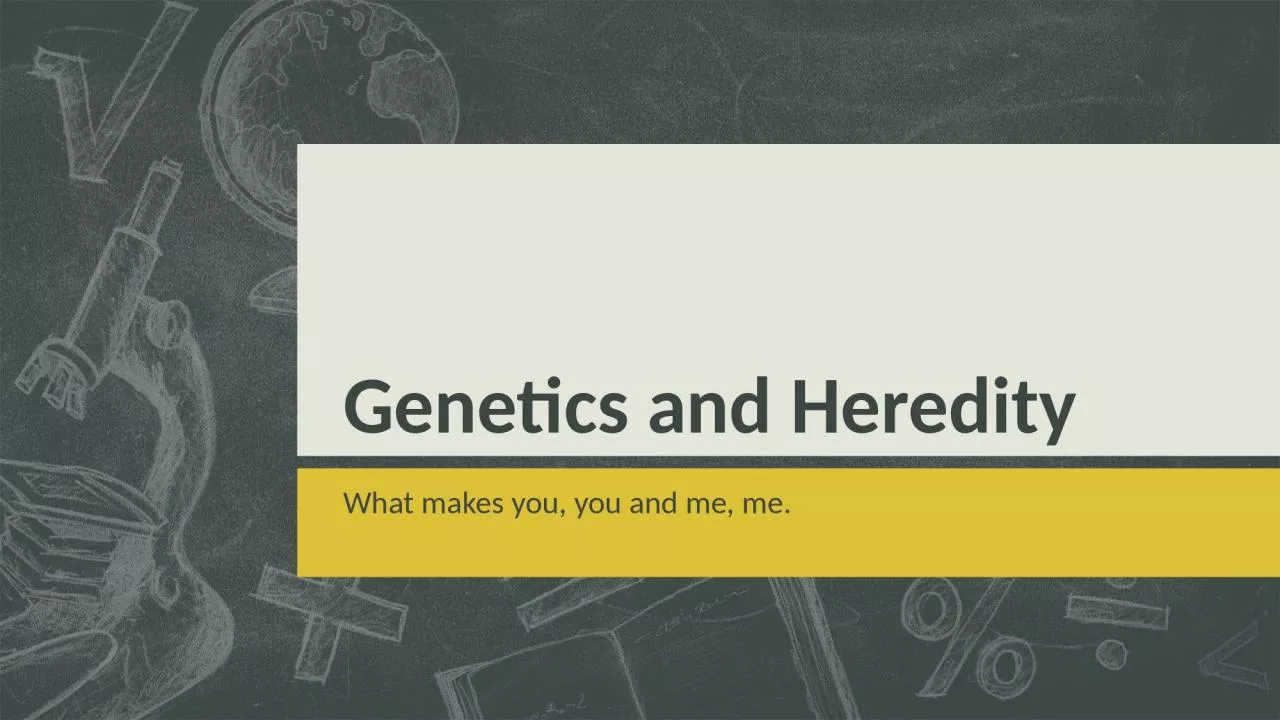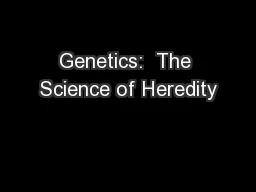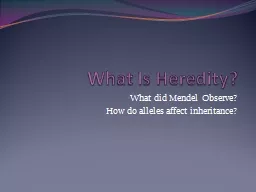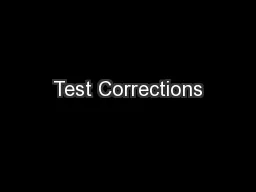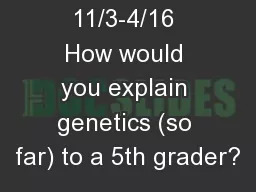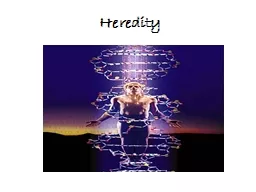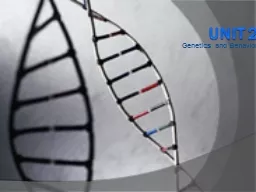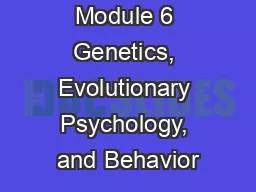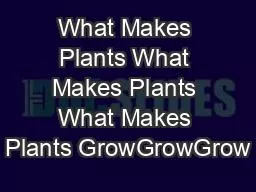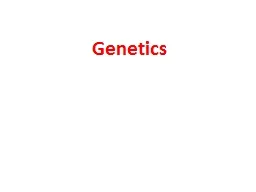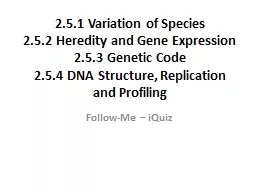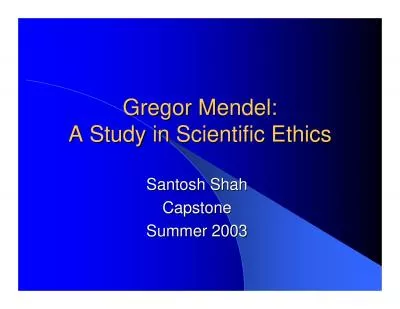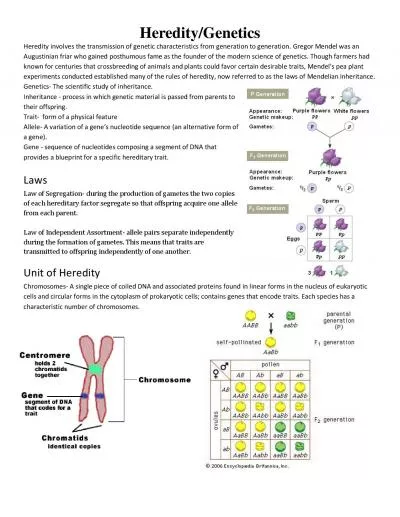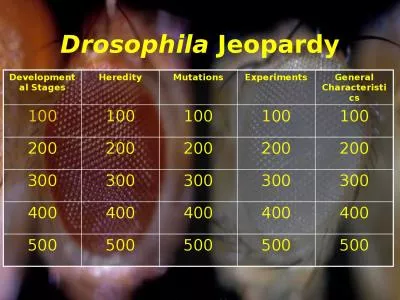PPT-Genetics and Heredity What makes you, you and me, me.
Author : luna | Published Date : 2022-06-28
Cells The basic building blocks of who we are We are made up of trillions of them They provide for our bodies structure help with nutrition and convert nutrition
Presentation Embed Code
Download Presentation
Download Presentation The PPT/PDF document "Genetics and Heredity What makes you, yo..." is the property of its rightful owner. Permission is granted to download and print the materials on this website for personal, non-commercial use only, and to display it on your personal computer provided you do not modify the materials and that you retain all copyright notices contained in the materials. By downloading content from our website, you accept the terms of this agreement.
Genetics and Heredity What makes you, you and me, me.: Transcript
Download Rules Of Document
"Genetics and Heredity What makes you, you and me, me."The content belongs to its owner. You may download and print it for personal use, without modification, and keep all copyright notices. By downloading, you agree to these terms.
Related Documents

